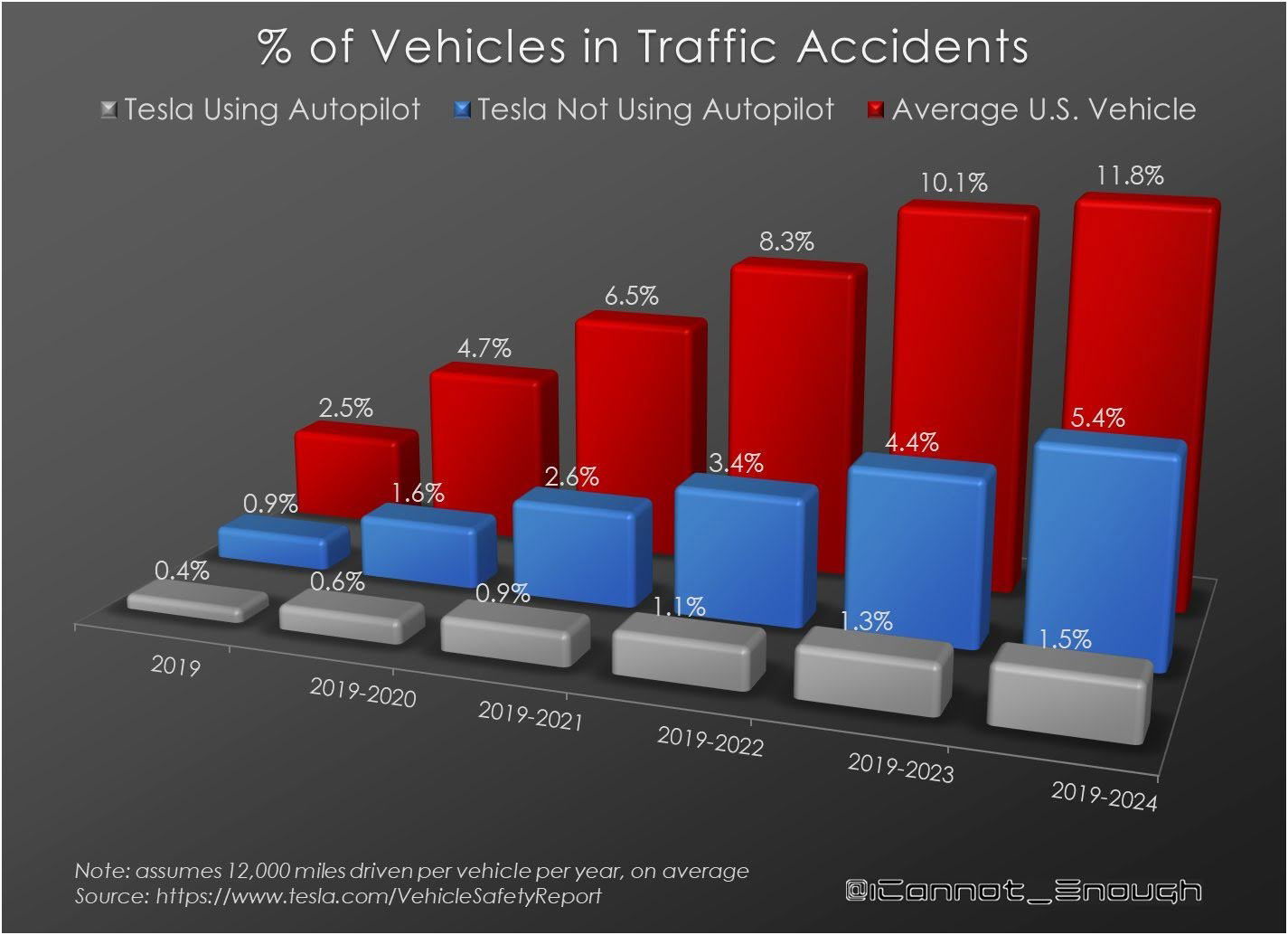Percentage of vehicles in accidents
Updated on

This Tesla chart shows something wild: accidents drop the more the car drives itself. Humans cause more chaos than code.
Marketing analysis
Tesla isn’t selling cars. It’s selling safety through automation. By showing cold data, they instantly build logic-backed trust. The fewer accidents, the more confidence a buyer feels.
Why it works
- Leans on data storytelling to prove the product’s superiority.
- Creates a clear “human vs. AI” contrast that spotlights progress.
- Uses visual proof—bars climbing and dropping—to create emotional impact.
- Builds trust without a single tagline or slogan.
Examples
- Apple’s “Shot on iPhone” proves quality visually.
- Volvo leans on crash-test safety data to justify premium pricing.
- Google Pixel’s AI photo editing demo shows machines making better decisions than people.
Analyzed by Swipebot
Loading analysis...